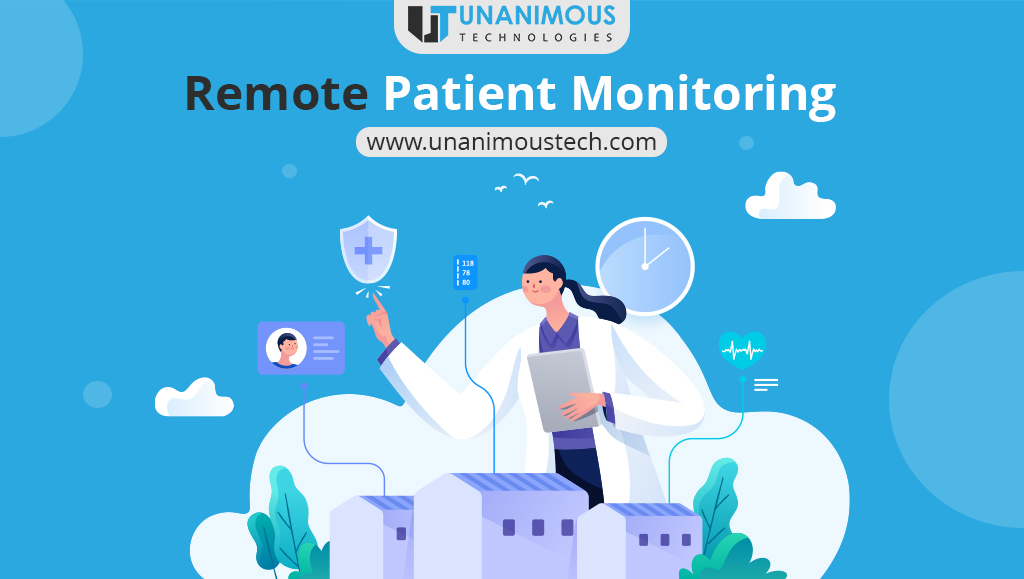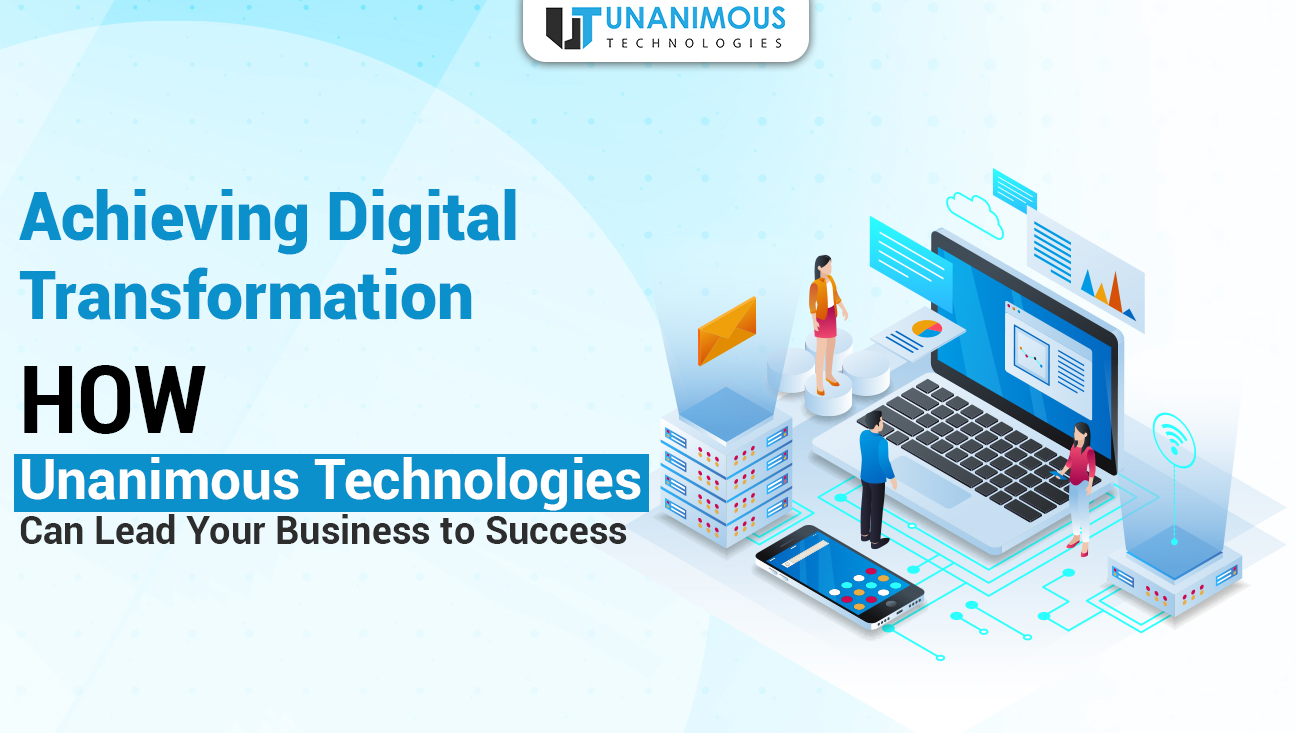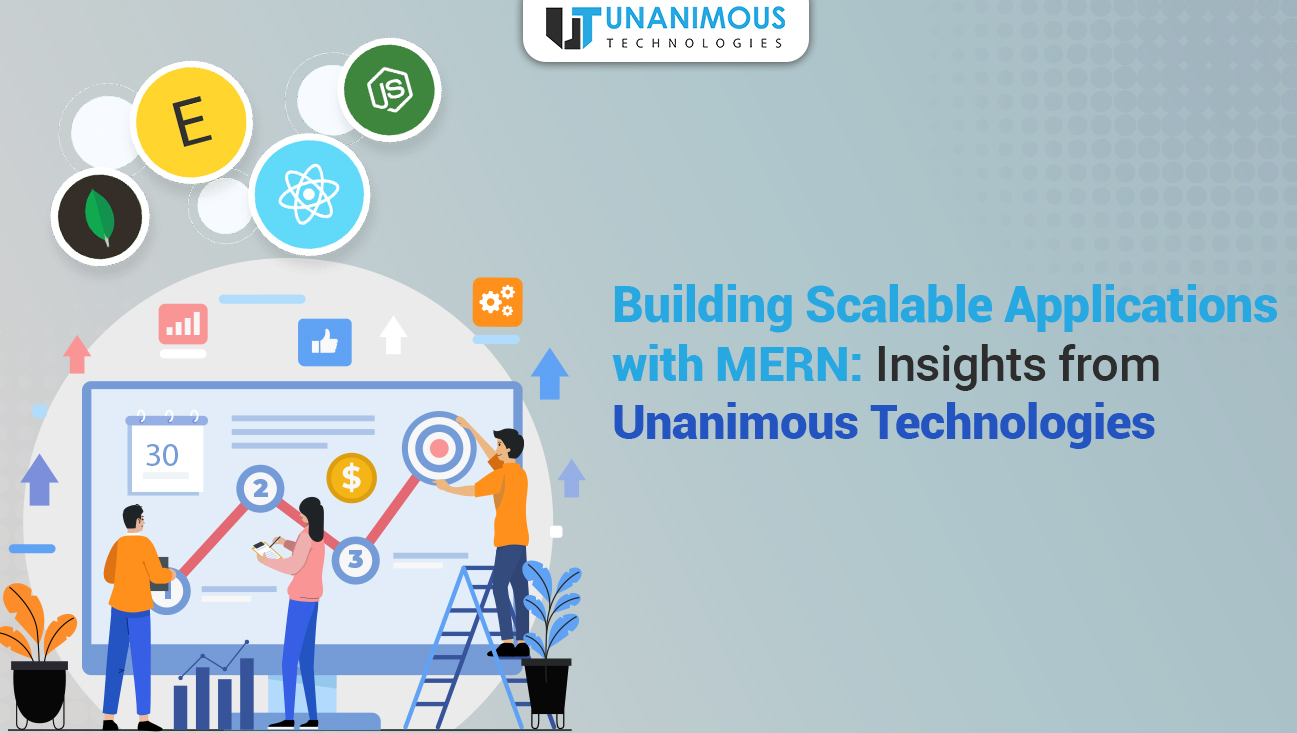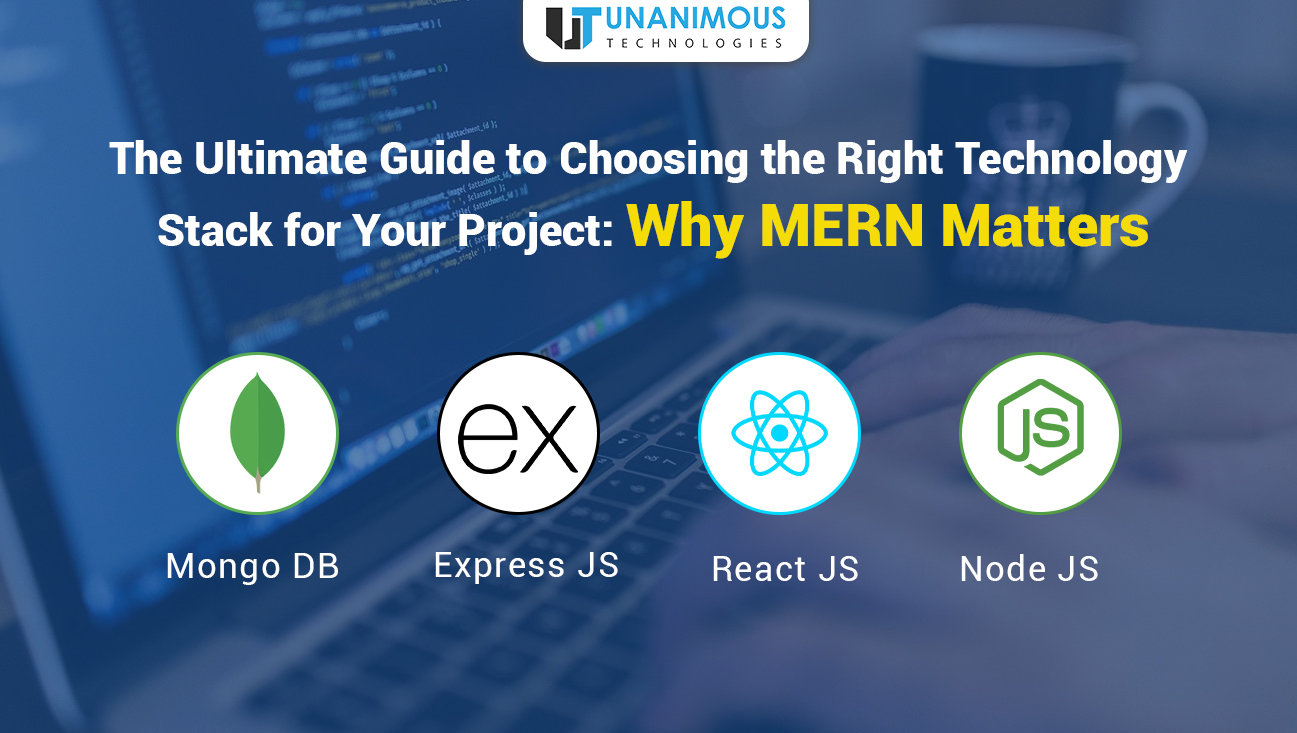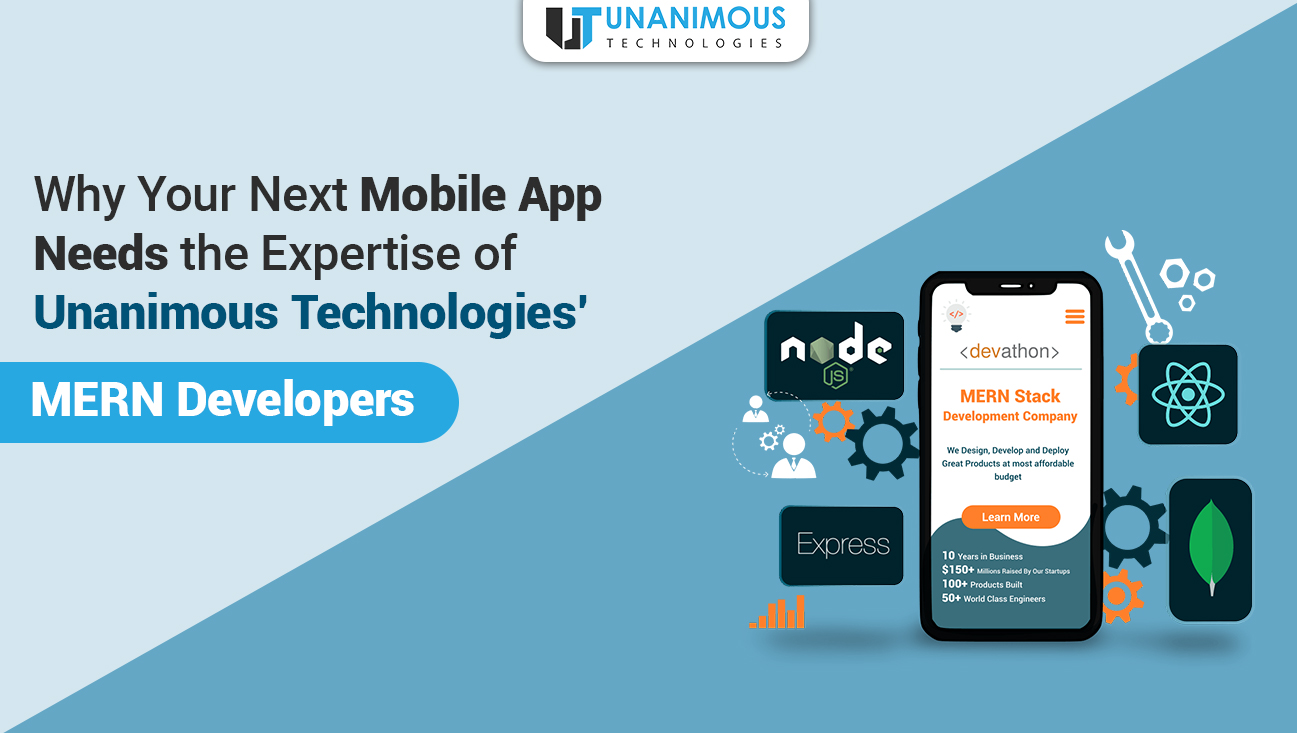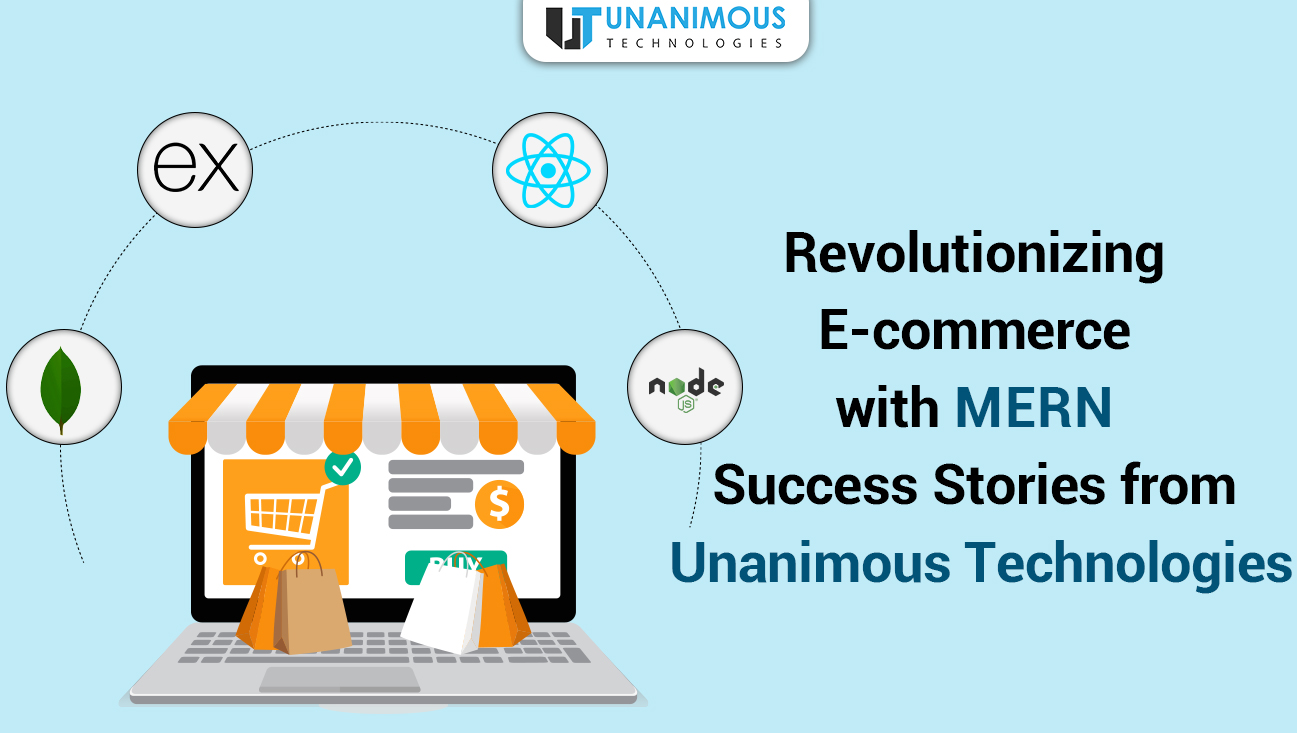The arrival of a lot of technology has led to many opportunities in healthcare, and they are a lot more than simply technological tools that monitor patients’ vital signs from a distance. Today these systems, aka Remote Patient Monitoring Systems, are efficient at automating routine tasks, improving analytics, optimizing costs, and the quality of care offered across the healthcare organization.
What is Remote Patient Monitoring?
Remote Patient Monitoring (Often abbreviated as RPM) is a useful computer program to track and analyze patients’ health conditions at a distance. These gadgets gather patient data information and send it to a practitioner, helping them deliver cures promptly and precisely in an effective manner.
Key Benefits of Remote Patient Monitoring System
Simple access to medical assistance: With these technologies, people may communicate with healthcare professionals without leaving their homes and without having to go to a facility.
Enhanced Patient Engagement: With the aid of these applications, patients can keep in constant communication with their care providers, and they also have more control over their health since they often receive reminders to stick to their schedules and adhere to their treatment plans.
Early Symptom Detection and Timely Intervention: RPM enables patients to maintain a balanced health condition throughout the whole care cycle, from newly emerging problems through rapid treatment to post-discharge recovery.
Better medical resources: RPM can shorten hospital stays and admission times for less serious patients. As a result, healthcare professionals can make optimal use of medical resources including personnel, drugs, and equipment.
Types of Remote Patient Monitoring Solutions
There are a number of RPM solutions for patients, doctors, and nurses, such as:
loT medical applications: This type of RPM solution collects data from wearable devices, like smartwatches. These applications are useful because they provide real-time alerts and notifications that make it simple for users to keep track of their symptoms and medical issues.
Live video conferencing: These RPM applications are among the most well-liked since they let doctors have in-the-moment video conversations with their patients.
Software based on questionnaires: These applications function like surveys, asking users about their medical issues. The most prevalent type of digital therapy is this one. Here, the patients are questioned by the physicians on their symptoms and problems. The patients respond to the questions depending on the findings, and the doctors then start the therapy as a result.
Mobile healthcare: These smart gadgets & software programs are designed to support ongoing healthcare. Medical alert systems, heart rate monitors, electrocardiography devices, respiratory rate monitors, pulse oximeters, and continuous glucose monitoring are a few examples of mobile healthcare systems.
Precision Care Apps: These apps collect data for medical research purposes; however, it doesn’t include the interactions between healthcare providers & patients.
How does a Remote Patient Monitoring System work?
Data Collection and Exchange: The provider finds out the patient’s situation to be remotely looked up and runs a remote patient monitoring program to avail RPM service. Then, with the patient’s consent, they are provided devices to collect health data, like loT devices, sensors, and wearables. When the devices are set up properly, health information is gathered & sent largely electronically from patient to physician utilizing a cloud server. To enable transfer, your device needs a Wi-Fi or LTE adaptor. The cost-effective RPM devices even enable the transfer of medical data to many mobile apps through Bluetooth.
Transmission: As the patient’s data from RPM is collected in a database, the clinic’s software (using advanced data management & analytics) can turn the data into actionable information and automatically pick the course of action. The physicians will then review the results and identify any potential problems. The systems analyze data using artificial intelligence and immediately notify patients.
Evaluation and Distribution: Information gathered by RPM systems is broadcast online to healthcare practitioners. RPM with audio & video conference capabilities simplifies communication between doctors and patients. You can change a simple RPM system into a complete telemedicine platform by adding ample communication functions.
Notifications: Special emergency services send alerts to contact patients and immediately get the treatment procedure started if needed. However, note that HIPAA doesn’t permit patients’ information to be counted in the notifications.
Essential Features of RPM software:
Data Tracking: The doctors work on the patient data every day, where they manually collect and analyze all the data can take up lots of resources. Due to this technology, healthcare workers get to speed up data tracking & analytics. The Remote patient monitoring software took up different health information from blood pressure and pulse to glucose level and oxygen saturation.
Data Exchange: RPM devices collects medical data via sensors to easily share the information with healthcare providers through a cloud server. The device needs to have an LTE adapter or Wi-Fi for the transfer. There are inexpensive RPM devices that enable Bluetooth medical data streaming to smartphone applications.
Decision Support: The integration of RPM solutions and computing systems allows data management & analytics. As the patient data comes from an RPM device in the database, the hospital software automatically turns that into actionable insights and decides what to do next.
Security of patient data: It is generally known that hackers frequently target the healthcare industry. The RPM app must be HIPAA compliant on both the patient and hospital sides. The system must also adhere to all applicable laws and requirements.
Online Communication: An RPM app with audio & video conferencing functionalities helps make communication smooth between doctors and patients. You can turn a basic RPM app into a full-fledged telemedicine platform by adding communication functionality. Patients can opt for online consultations for their issues and even easily involve the caretaker and family if required.
Alerts & Notifications: Another important remote patient monitoring devices feature is reminders that allow the users to improve their treatment & medical adherence. It is easy to share essential alerts regarding changes in health parameters and medication via in-app notifications—emails, SMS, and voice call to patients & caretakers.
Security of patient data: It is generally known that hackers frequently target the healthcare industry. According to the HIPAA 2019 Healthcare Data Breach Report, more than 41000 medical records were stolen in 2019. For each incident, the HIPAA statute carries penalties ranging from $100 to $50,000. Because of this, the HIPAA requirements for the RPM app must be met on both the hospital and patient sides. The system must also adhere to all applicable laws and requirements.
Online communication: RPM software with audio and video conference features makes it easier for patients and physicians to communicate. You can turn a basic RPM app into a full-fledged telemedicine platform by adding communication functionality. Patients can choose online consultations for their problems and, if necessary, readily engage their families and caregivers.
Reminders: It helps users better adhere to their treatment and medical regimens is another crucial component of RPM. It is easy to share essential alerts regarding changes in health parameters and medication via in-app notifications—emails, SMS, and voice call to patients & caretakers.
What is the cost to develop RPM software?
It might take a lot of your resources and a lot of time to create a remote patient monitoring system. However, your efforts will swiftly pay off given the market’s need for RPM software. Considering the success created by Optimize.health, an RPM startup from Seattle raised $15.6 million in 2020. Then more than 800% more income than it did in 2019 after that. The following variables all have an impact on how much the app will ultimately cost to develop:
Number of features incorporated in the app
The complexity of the platforms
Size of the development team
Location of the development
It is difficult to estimate the precise cost of developing an RPM app. However, we can estimate that simple RPM software would cost between $25,000 and $30,000, and an app with extensive features created for the Android and iOS platforms will cost between $5000 and $600,000.
